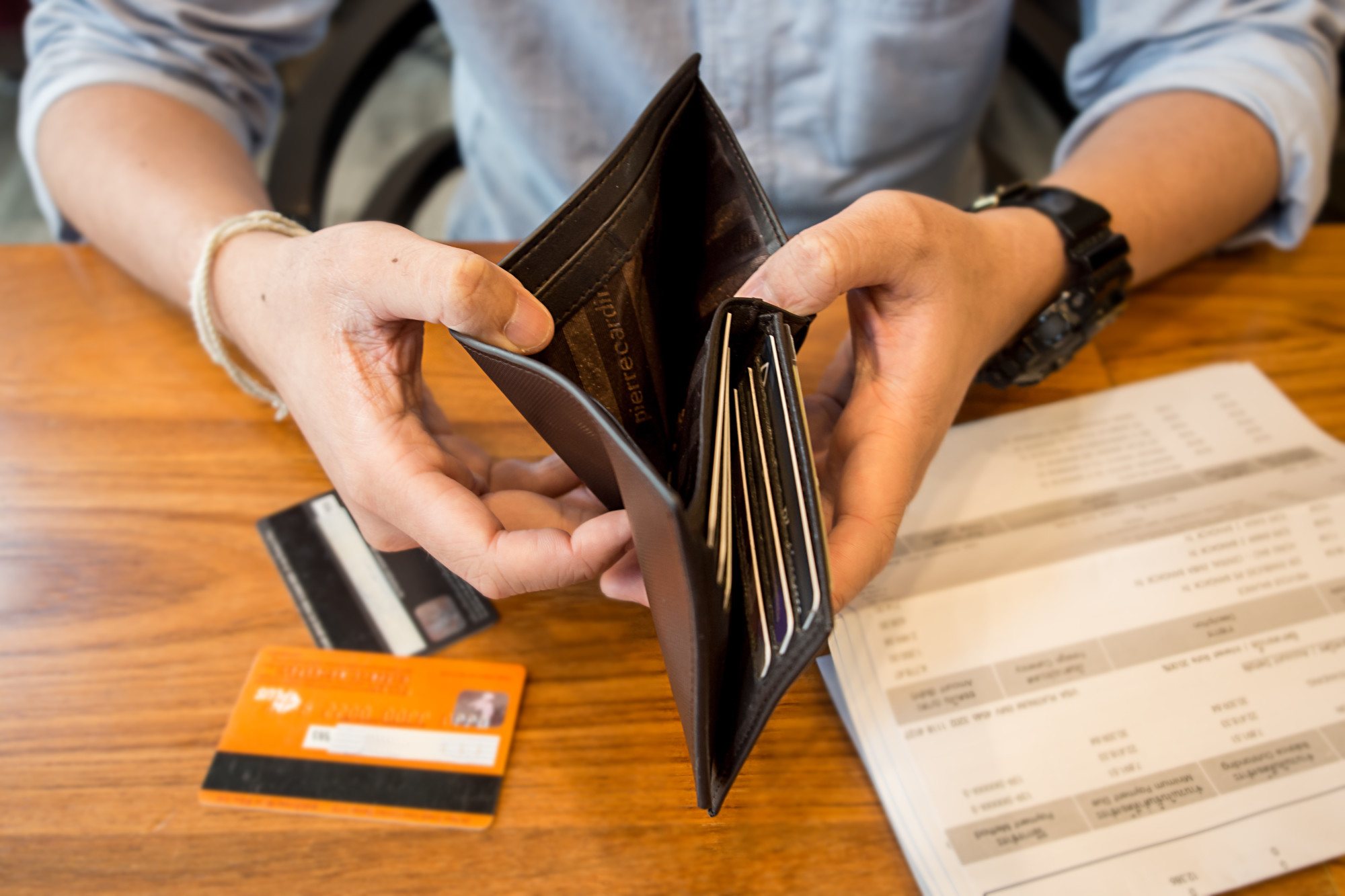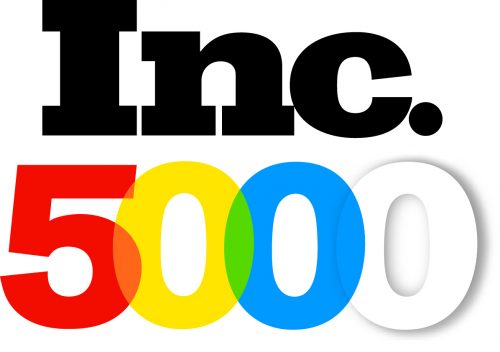Credit cards offer great financial opportunities and rewards given they’re used as intended. Unfortunately, sometimes relying on credit cards become your only financial option. This, then, creates the cycle of credit card debt.
The average American carries 4 credit cards. They also tend to carry close to $6k in credit card debt, too. Some can manage but for others? Well, it’s overwhelming.
Juggling several credit cards means different times, interest rates, and issuers.
One misstep could throw off your whole repayment routine. With disruption comes a hit to your creditworthiness and pressure on your finances.
Exploring options to consolidate credit card debt may be your best bet.
Understanding Credit Card Consolidation
Credit card debt consolidation pools various cards and accounts into one, manageable account. This provides help for those juggling card payments and debt.
Credit card debt consolidation is still debt.
It’s good to know the ups and downs of choosing this option:
The Advantages
Let’s look at the most attractive elements of consolidating credit card debt:
- Reduced Interest Rates — The new debt carriers a single, new interest rate which may have better terms than those on the cards
- Sole Issuer — There is only one company you’ll deal with when paying the debt, making it easier and less stressful
- Peace of Mind — Debts got paid meaning no more having to deal with debt collectors and strong-armed letters/emails
The Disadvantages
Now let’s consider the downsides and when it’s not advisable to consolidate:
- Temptation — The old habits that got you into debt may pop back up now that it “feels” like the problem got solved
- Protection — The new debt issuer may not have as favorable terms and flexibility as you would with larger credit organizations
- Limits — Those with massive debt won’t likely see much value from consolidation vs filing for bankruptcy
- Commitment — It takes resolve to repay the debt which you could do on your own through debt resolution strategies
The Verdict
The final verdict should heavily weigh on:
- Your personal responsibility, limits, and goals
- The debt terms, agreements, and rates
Those struggling with credit debt are contenders for credit card consolidation.
Now, let’s figure out the attack plan for your credit card debt.
Opportunities to Consolidate Credit Card Debt
You’re not alone on your journey to get out of credit card debt. This is a silver lining because it means you have lots of debt resolution opportunities.
Let’s look at three ways to consolidate credit card debt effectively:
Line of Credit
Those in good standing have better opportunities when paying off debt. Mainly, they have the credit score and collateral needed to take on a line of credit.
There are two types:
- Secured — You offer collateral but get better terms
- Unsecured — The lender takes on risks but you have higher rates
A line of credit works like this:
- An individual compares line of credit lenders and their offers
- If agreeable, a line of credit is extended to the individual
- The person spends this money to consolidate debts
- The person follows the repayment plan to the line of credit lender
The ability to use a secured line of credit is powerful. Yes, you do take on risk based on what’s acting as collateral. But, you will find agreeable terms vs options that leave you struggling to keep afloat.
Balance Transfer Cards
Those with decent to high credit have an opportunity to get a low-interest credit card(s). These cards let holders transfer debts from one card to another.
Why transfer credit/debts?
- The low introductory APR (sometimes 0%) that cuts down interest payments
- A low-cost transfer (sometimes also 0%) to shift terms and agreements
Some cards offer 18-24 months of 0% APR and transfer fees. This gives you a ton of time to tackle the debt before interest kicks in. It could, in a way, consolidate credit card debt onto one card versus spread across several.
Consolidation Loans
Consolidation loans follow the same concept as credit card consolidation. In this case, you’re seeking to consolidate debts and pay it off with a personal loan.
The process is rather simple:
- Learn about and apply for personal loans from different providers
- Compare and contrast the terms/agreements vs current debts
- Agree to a personal loan provider and set up a repayment plan
- Use the personal loan to pay off credit card debt
- Follow the repayment plan for the personal loan
Personal loans for debt consolidation are quite flexible. You can use them for credit cards, of course, but also other loans with a big impact on your repayments.
Other Options
There are, of course, other options for debt consolidation:
- Borrow from friends and/or family
- Explore general debt consolidation
- Choosing Ch 7 or 13 bankruptcy
Now’s the time to do thorough research into each opportunity:
- Read reviews of a debt consolidation company
- Check out testimonials and case studies of monetary services
- Absorb as much information from blogs and video content
You may want to talk with a financial advisor at this time, too. Get guidance from those you have in your contacts. Else, check with providers offering no-pressure consultations. Repeat this process to get your true answer.
Finding Success with Credit Card Consolidation
There are many opportunities to consolidate credit card debt. Three of the best methods were detailed in this guide. Yet, there’s one more thing to mention before its closure: your resolve and support.
Credit card consolidation will get you back on track with your finances. But, you need to tackle the habits that put you into that situation. And, you need to build support that sees you through the consolidation.
- Use this opportunity to understand your relationship with money
- Use this moment to learn everything you can about debt and finances
Get in touch with our professionals for the education and support you need.
We’ll help you navigate the credit consolidation options. We’ll also offer continual support throughout the process. Get started today by seeing your offers.




